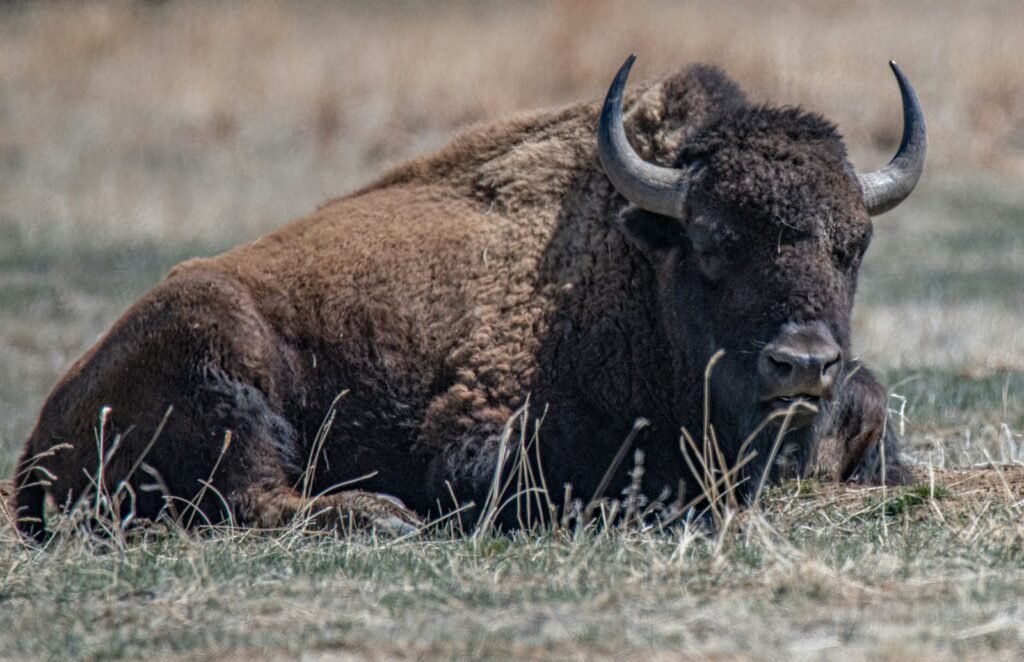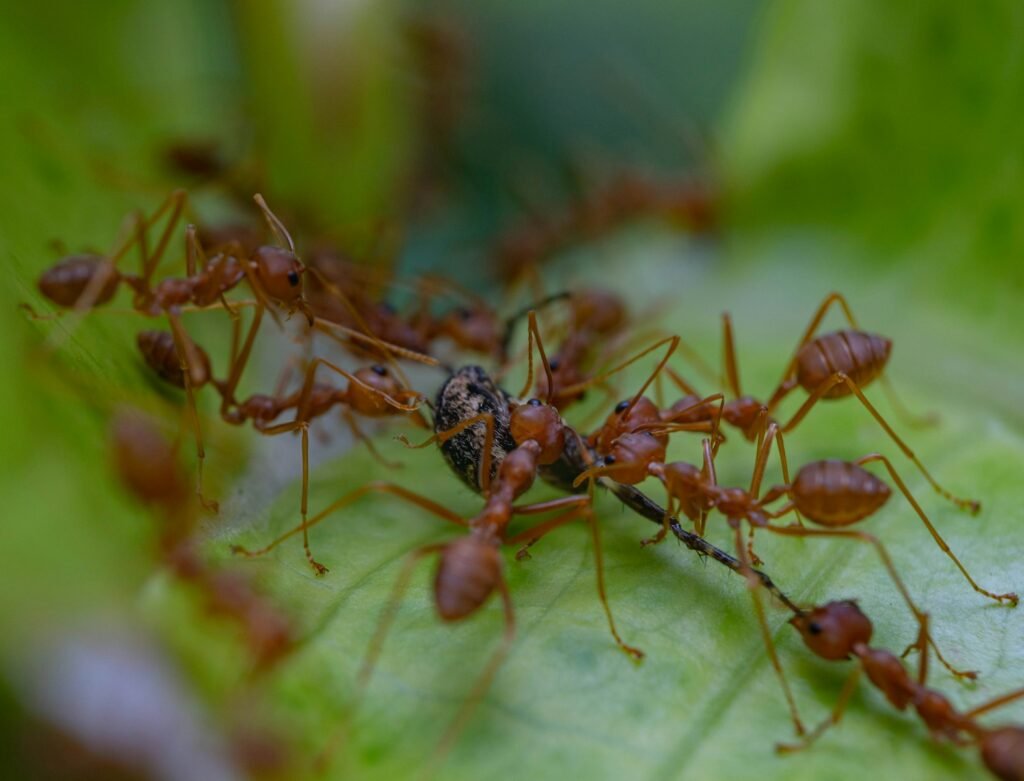At dawn on Wyoming’s high plains, dust hangs in the cold like breath, and a dark line of shoulders begins to move. This isn’t a memory from a frontier journal; it’s happening now, in places where bison vanished for generations. After decades of absence and debate, herds are edging back into open country, guided by science, Indigenous leadership, and a new urgency to heal grasslands. The return is fragile and sometimes controversial, but it’s also measurable – collars are pinging, calves are dropping, and old trails are being used again. The big question isn’t whether bison can come back; it’s whether we’ll give them enough room and time to truly belong.
The Hidden Clues

What tells you a lost giant has returned? Not just the silhouettes – look closer at shallow, saucer-shaped wallows, clipped grasses in irregular patches, hoofprints cutting a V across sandy draws. Biologists read these signs like a field diary, pairing them with GPS-collar data and aerial surveys to trace fresh movements from foothills to river bottoms. The pattern is unmistakable: bison don’t graze like lawn mowers; they sculpt, creating a mosaic where wildflowers and ground-nesting birds sneak back. I’m convinced the quiet evidence – the small disturbances – matters as much as the headline-making sightings. You don’t restore a prairie by painting it; you rebuild it pixel by pixel, hoof by hoof.
These subtle changes also hint at seasonal choices that differ from cattle: longer walks for water, tighter groupings in bad weather, sudden detours to new green-up after rain. The result is a living patchwork of grazed and ungrazed plants that spreads biodiversity benefits sideways across the plains. It’s restoration written in footprints and clipped stems rather than fences and signs, and it’s stunning when you finally see the pattern.
From Ancient Tools to Modern Science

Restoration here is equal parts memory and measurement. Indigenous knowledge has long described how buffalo shape water flows, soil health, and the timing of grass growth; now, high-resolution collars and soil sensors are confirming the mechanics. Federal and Tribal partners have formalized that partnership through a Bison Working Group and a shared stewardship plan, designed to prioritize Tribally led herds and build the workforce to manage them. Those efforts aren’t just talk; investment from national programs has been flowing to expand herds and fund training that keeps local expertise on the ground. This isn’t nostalgia – it’s policy and data pulling in the same direction.
On the ground, that looks like apprentices learning low-stress handling, wildlife disease monitoring, and rangeland assessments alongside elders and biologists. Drones map grazing patterns after storms, while fixed sensors track how quickly trampled litter holds moisture. The feedback loop is tight: observations inform management within weeks, not years, and herds respond accordingly.
From Absence to Return

Wyoming’s story involves several distinct herds, each with its own arc. On the Wind River Reservation, buffalo were gone for more than a century before a reintroduction in the mid-2010s set recovery in motion; today, Eastern Shoshone and Northern Arapaho herds together number in the dozens to low hundreds and keep growing. Both Tribes are working to classify buffalo as wildlife rather than livestock, a sovereignty-powered shift that aligns legal treatment with cultural and ecological value. Meanwhile, in Jackson Hole, a reintroduced free-ranging herd has grown to around 500 animals in recent years, with a new planning process scrutinizing winter feeding, population goals, and conflict reduction. The headline is simple: where policy, people, and habitat align, bison can reclaim ground once written off as history.
The return isn’t uniform, and that’s fine. It’s happening in connected pockets – tribal lands, national refuges and parks, and surrounding forests – stitched together by corridors, science, and patience. You build a comeback like you build a quilt: piece by piece, edge by edge.
The Science of the Grass

Why do grasslands seem to exhale when bison come back? It’s the way they graze in pulses, rest areas, then return later – think of it like a slow, improvisational dance rather than a set routine. Their wallows create miniature wetlands after rain; their winter foraging topples dead stems and drives light into the crown of native bunchgrasses. Dung and hair move seeds, beetles, and microbes, feeding a soil food web that has been running on empty. In drought years, that patchy, mobile grazing can help grasses keep a foothold, the way a backpacker shifts weight to avoid trampling the same spot. It’s ecology with rhythm, not a metronome.
Researchers watching the Jackson herd note that food subsidies can alter those rhythms, so managers are now rethinking winter feeding to balance survival with natural movement and safety for nearby communities. The goal isn’t abundance at all costs; it’s function – healthy animals on a landscape that stays resilient through tough winters and hot, dry summers. That’s a higher bar, and it’s worth aiming for.
Why It Matters

This matters because grasslands are some of the most altered ecosystems on Earth, and too many of us have learned to see them as empty space between mountains. Bison flip that story by turning plains into active, layered habitats that support birds, pollinators, and pronghorn, while storing carbon in deep roots and stable soils. Compared with conventional, fence-limited grazing, bison’s wider movements and selective feeding create heterogeneity – the ecological texture that many species require. There’s cultural justice here, too: tribes leading restoration are rebuilding food sovereignty and reclaiming relationships suppressed for generations. If we want prairies that can handle fire, flood, and heat, we need the architects that built them in the first place.
I’ll admit I’m partial to the thunder of hooves, but the case doesn’t rest on emotion. It rests on measurable changes in plants, soils, and wildlife that show up in monitoring plots and in the stories people tell when the herds pass through.
The Human Balance

Coexistence isn’t frictionless, and pretending otherwise helps no one. In northwest Wyoming, questions about brucellosis, crop damage, and road safety are real, and managers use a mix of tools – hazing, targeted harvests, and traffic slowdowns – to keep people and bison apart when needed. The National Elk Refuge has become a focal point as agencies weigh winter-feeding practices against goals for natural behavior and reduced conflict on nearby lands. State hunters, Tribal wildlife officers, and federal staff don’t always agree, but the shared objective is a herd that fits the place without overwhelming it. That’s adaptive management in the truest sense: try, measure, and adjust.
When herds choose native winter ranges instead of feed lines, conflicts can drop, but access to safe habitat becomes paramount. That’s where easements, fence modifications, and seasonal road protections pay off – small changes that add up to real breathing room for animals and people alike.
Global Perspectives

Wyoming’s bison story echoes a broader rewilding trend. In Europe, the return of European bison to forests and meadows from Poland to Romania has similarly jump-started vegetation dynamics and public debates about space and safety. The lesson is consistent across continents: large herbivores are not a luxury; they are system engineers. Places that invest in corridor protection, co-stewardship with local communities, and flexible management see the most durable gains. Wyoming has an advantage in scale and open horizons, but it will succeed only if it keeps stitching together habitat the way others have done overseas.
Success also hinges on public trust. Where communities see benefits – healthier ranges, cultural restoration, tourism income – they become lasting partners in making room for big animals and bigger ideas.
The Future Landscape

The near-term forecast is cautiously bright. Tribally led herds are poised to expand on the Wind River Reservation under new wildlife classifications, while federal partners refine a shared plan to seed additional large, conservation-focused herds across the West. Continued investment is slated for training, habitat work, and the science needed to track outcomes transparently and in real time. The biggest challenge isn’t biology; it’s governance – aligning state rules, federal mandates, private lands, and Tribal sovereignty at the speed of the animals themselves. If that alignment holds, bison will not just persist in pockets; they’ll reweave the plains into something that looks and functions like home again.
Technologies – from collar networks that auto-detect calving to low-cost fence retrofits – are ready to scale. What’s needed now is stability in funding and policy so managers can plan over decades, not seasons.
How You Can Help

You don’t need a badge or a biology degree to move the needle. Support Tribal and local conservation groups restoring buffalo on the ground, and choose tourism operators who respect wildlife distance guidelines. If you ranch or recreate in bison country, swap out a few bottom wires for wildlife-friendly fencing and report hot spots where animals regularly cross roads. Ask decision-makers to back corridor protections and long-term monitoring, not just one-off projects that fade when grants end. And if you’re lucky enough to stand near a herd, give them room, lower your voice, and let the land do the talking – could anything be more Wyoming than that?
In the end, this is a test of whether we can share open space with a native that built it. Will we choose to keep that thunder rolling?

Suhail Ahmed is a passionate digital professional and nature enthusiast with over 8 years of experience in content strategy, SEO, web development, and digital operations. Alongside his freelance journey, Suhail actively contributes to nature and wildlife platforms like Discover Wildlife, where he channels his curiosity for the planet into engaging, educational storytelling.
With a strong background in managing digital ecosystems — from ecommerce stores and WordPress websites to social media and automation — Suhail merges technical precision with creative insight. His content reflects a rare balance: SEO-friendly yet deeply human, data-informed yet emotionally resonant.
Driven by a love for discovery and storytelling, Suhail believes in using digital platforms to amplify causes that matter — especially those protecting Earth’s biodiversity and inspiring sustainable living. Whether he’s managing online projects or crafting wildlife content, his goal remains the same: to inform, inspire, and leave a positive digital footprint.




